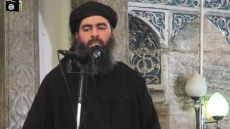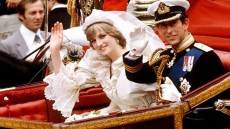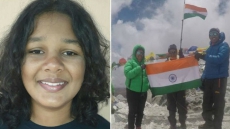Concepts such as 'environment-friendly', 'sustainable' and 'socially relevant' which are buzzwords in architecture today were discussed by British-born Indian architect Laurie Baker in the 1950s, says Baker's grandson Vineet Radhakrishnan, who has captured the icon's life and work in a documentary feature.
Through "Uncommon Sense: The Life and Architecture of Laurie Baker", Radhakrishnan wants the younger generation to form their own opinions about the visionary who was known as the 'Gandhi of architecture' for his philosophy. This year marks Baker's 10th death anniversary.
"He used to think far ahead of his time. He was saying in 1950s and 1960s about how architecture was socially relevant and environment-friendly.
Now these are considered cutting-edge and are still relevant," Radhakrishnan told IANS on the sidelines of the screening at the just-concluded 'Bangiyo Sthapattakala' exhibition organised by Indian Institute of Architects (IIA) West Bengal Chapter.
Baker, who lived and died in Thiruvananthapuram, Kerala, in 2007 at the age of 90, arrived in India in 1945 as an architect associated with a leprosy mission.
He was based out of Faizabad in Uttar Pradesh (then called United Provinces) and was tasked with "converting or replacing old dreaded (leprosy) asylums with proper modern hospitals and to create the necessary rehabilitation and occupation centres".
His emphasis was on local indigenous style of architecture and how to use only immediately-available, local materials to make structurally stable buildings that could cope with the local climatic conditions.
"I want people to judge who Laurie Baker was for themselves. Architecture is just the backdrop. The film includes both aspects, his personal as well as professional life. A lot of experiences he had in his personal life shaped the kind of work he did. There's more than a connection... one leads to the other," explained Radhakrishnan.
A few of these turning points in Baker's life include his experiences in China and the Himalayas.
In 1941, Laurie, a trained anaesthesist, volunteered to go on a mission to help at a medical camp at Kutsing in inland China.
"He spent four years in a very remote part of China helping out at the leper colony. He saw that people didn't have access to many things and resources were scarce so the importance of not wasting anything shaped his designs. Then in the Himalayas, the use of natural and low-cost materials inspired him," said Radhakrishnan, who has a career in the corporate sector.
The Centre for Development Studies and the Indian Coffee House in Thiruvananthapuram are some of his creations.
The Padma Shri recipient was granted Indian citizenship in 1988.





